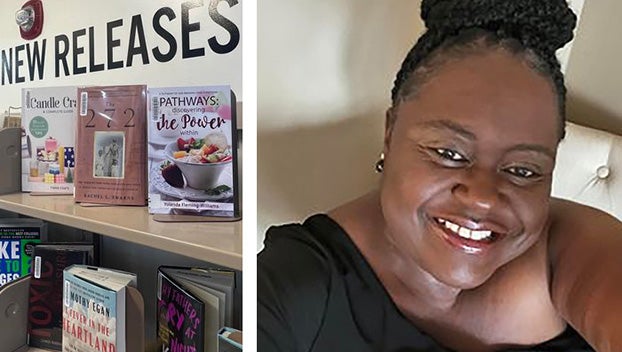No need for the coming winter to be dreary
Published 8:30 am Sunday, December 11, 2022
|
Getting your Trinity Audio player ready...
|
In this festive holiday season when we light up our homes and gardens in color and glitter, we often overlook green and brown, the two non-stop workhorses of winter gardens.
Overshadowed by more brilliant hues, they are both valid colors too. In fact, though brown, a mélange of red, yellow, and blue, can’t be found in a rainbow, it was included in the 1903 original 8-pack Crayola Crayons box.
As a child reared on black and white TV, my earliest experiences with colors fell out of a ragged carboard carton filled with broken bits of what started out as an 8-pack box of crayons. So, I grew up coloring stuff simply, never suspecting I would eventually have to memorize the color wheel and all the rules about what colors go with what.
I remember being taken aback when a fellow teenager ribbed me for “mismatching” a blue shirt with green jeans, as if trees and sky are unnatural. And when a preening designer once said that pink and orange don’t go together, I immediately wondered if he thought Mother Nature had poor taste when coming up with purple coneflowers.
Needless to say, to this day I question all things color related.
In fact, when Smith and Binny, the company that owns Crayola brand crayons, came up with eight new colors and asked that the general public come up with names, I submitted a few. None of mine were accepted, though they did come up with Mountain Meadow, Inchworm, and Shadow – as if those names conjure any particular colors.
Tell me mine aren’t more evocative: Mississippi mud, Catahoula hound blue-eye, tree frog, barbeque, cow patty, magnolia blossom, habanero orange, Autumn cypress, gator green, highway patrol neon blue, Ship Island sand, possum tail gray, and tamale brown…
Anyway, with folks already pining for spring and summer colors, I thought I’d take a walk around and see what is naturally abundant in Mississippi’s winter gardens. Though a few straggly late roses are hanging in, most of the eye-popping brilliance is gone, replaced with a few scattered early paperwhite daffodils, red flowering quince yellow Mahonia, scarlet Nandina, and of course both Camellia sasanquas and japonicas. And red berries and colorful songbirds galore.
But in general, in the cold, short dark of winter ROY B GIV (the rainbow’s color acronym) is mostly M.I.A.
Yet our color-bereft non-Southern visitors often remark aloud about the sheer greenness of our winter landscapes.
What makes them work visually is in contrasts of shapes, textures, and hues. Think combinations of dark glossy magnolia, bright green hollies, emerald arborvitae, needle-like junipers and pines, spiky yucca, and coarse palmetto fans.
Set plain rows of shrubs set off with scattered clumps of liriope, aspidistra and iris, and it’s entirely possible to have a good-looking monochromatic winter garden of “only” green.
Brown takes a bit more focus to appreciate, but notice how bare tree trunks stand out sharply when silhouetted against the taupe of a dormant winter lawn and frosted ornamental grasses. Add a strong accent such as a birdbath, wooden bench, bit of driftwood, whiskey barrel planter, or flagstone paving, plus bark or pine straw mulch, and there is more than enough interest to command even the most color-snobbish person’s attention.
This grown child is now able to afford the full 120-pack crayon box. But who needs them, when the basics, used in garden contrasts, still work just fine.
Take a walk. Open your eyes. See how even green and brown are subtly enticing on their own, then add camellia, nandina, and paperwhites. No need for the coming winter to be dreary.
Felder Rushing is a Mississippi author, columnist, and host of the “Gestalt Gardener” on MPB Think Radio. Email gardening questions to rushingfelder@yahoo.com.





